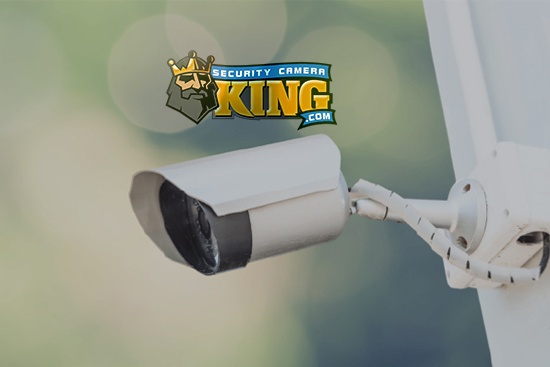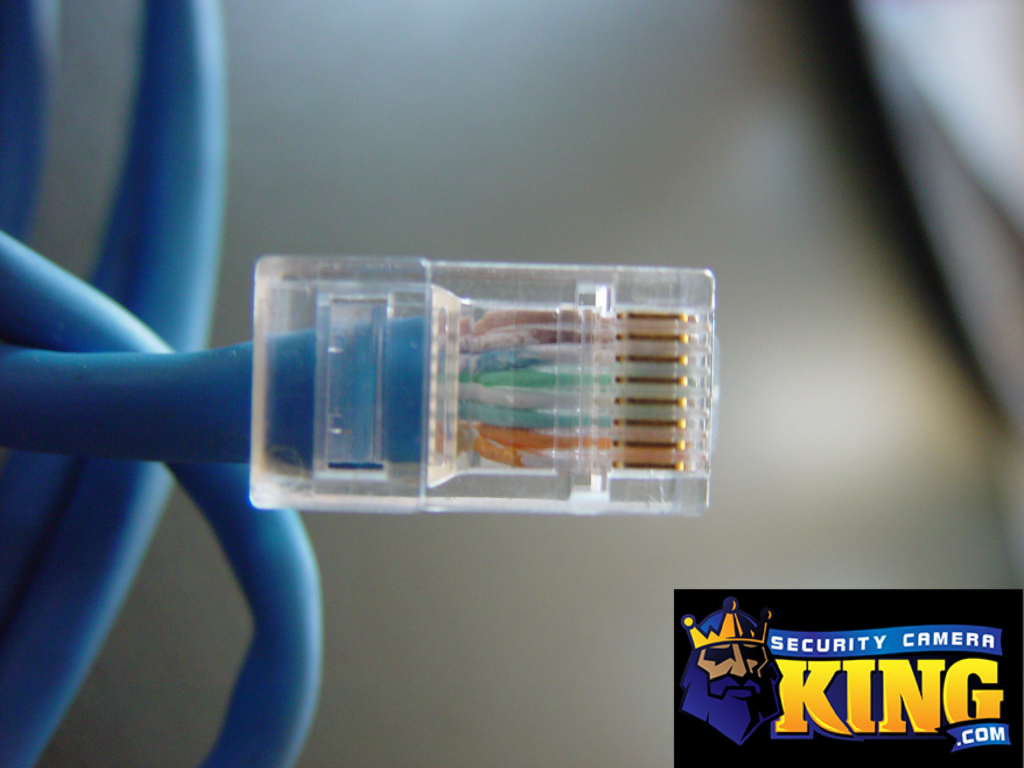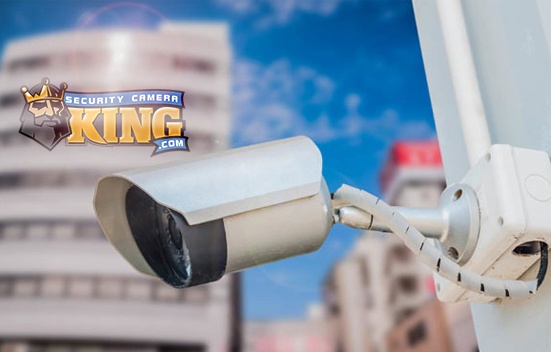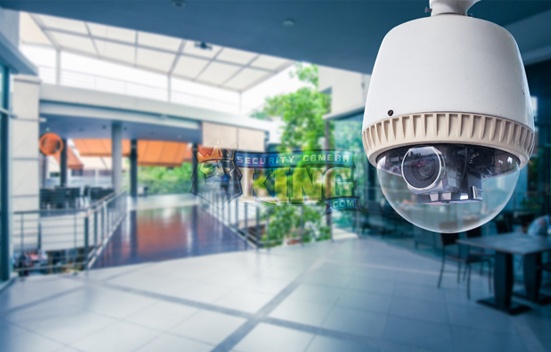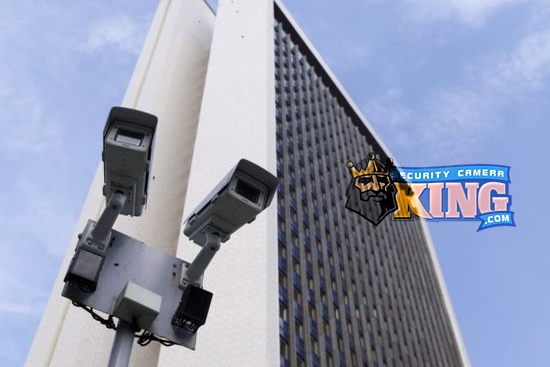
Learning about our DVR’s can help you better understand them and allow you to do the more advanced functions, but first you need to learn the basics. Not just the basics but also things that can make setting up the DVR an easier process. This CCTV FAQ is a continuation of last months article that will further explain these functions in detail. This article will go through basic functions like creating a new user and adding an IP camera, to more advanced functions like changing the IP of a camera and enabling tour. This article can be very useful for Dealers, Installers, and the average consumer. It helps explain simple tasks that you could only learn by earthier digging through the User Manual or through experience of using the device.
1. How to create a new user and apply permissions.
With surveillance equipment it is best to know who is accessing your system and who can access it. Creating different users with different permissions will help prevent any tampering and will help narrow down what people are using the device for. To start, the DVR comes with Users built in that can be used but the best thing to do is to start fresh and create all new users with the permissions that you want them to have. The way you do this is by going to Main Menu>Settings, and then Users. In this area you will see the different users on your DVR and by default there should be 4. To add a new one you just click Add User. Here you enter the users Name and Password as well as what group you want to place him under. These groups give predetermined permissions that can be useful if you set up the proper group. If you want to manually adjust a user’s permissions you can do that below. After you are satisfied with that specific user you can click save. If you want multiple users with the same permissions without have to adjust each one you can create a group. After you create a user account for everyone who will be accessing your DVR you can track and log all activity that is happening in realtime.
2. How to setup an IP camera to transmit snapshots to a FTP server.
Having IP cameras allow you to not only record to a NVR but it also allows you to record to a local or remote server. This allows you to use the camera as a standalone unit or to create off-site storage for extra security. It gives you the feature for when there is any motion on the camera it will upload a small clip or a snapshot to your FTP server. For this article I will be referencing the IPOD-EL1MPIR50. To start you need to log into the camera’s web service through Internet Explorer with its default IP 192.168.1.108 username: admin Password: admin. Once logged in you go to Setup>Camera>Video, and then Snapshot. There is a drop down menu next to Interval that will allow you to make the camera take snapshots every 1 to 7 seconds. On this page you can also adjust the quality of the snapshots. Just make sure you click Save at the bottom of the page to apply any changes you have made. After that you need to set up which days and time periods for the snapshots. On the Menu bar to the left click Storage>Schedule, and then snapshot schedule. Click the the setup button on the top right of the time bar and here you will be able to adjust those settings. Choose what days you want to have this feature set for and if you want it for everyday just click Select All on the upper left corner. If you want it based off motion you can just click save but if you want 24 hour then to the right of Period 1 click General.
Now that we have that set up we can configure the settings for connecting to the FTP server. Under Storage on the menu on the left click on Destination. Make sure that your in the Path tab located on the top. Under snapshot on the right side of the screen make sure that the Schedule box is the only one selected and then hit Save. Next select the FTP tab on the top of the screen so we can adjust the settings. To start, Server IP is where you enter the IP address of your FTP server that you are going to be connected to. If you are connecting from outside your network you are going to use your outside IP that your modem is using. Next Port is where you enter your listening port which is usually by default 21. Under username enter the username that is created on you FTP server. Then enter your password that correlates with that username. Last, under Remote Directory this is going to be the name of the folder the snapshots will be stored in on your server. As soon as you complete this step and it’s done correctly, your camera will start to transmit the snapshots to your FTP server. Based on how you set the time interval and whether you have it on motion or 24 hour.
This article was created to help people understand their DVR’s, NVR’s and cameras better so you can do more with your system without having to search through the whole manual to find or call tech support and take more time out of your day. We provide our technology to help make your lives easier, not more confusing. This is the one of multiple FAQ articles that will help you understand the basics of your devices. If you have a more complex problem please call our tech support line for further explanation at 866-573-8878.

